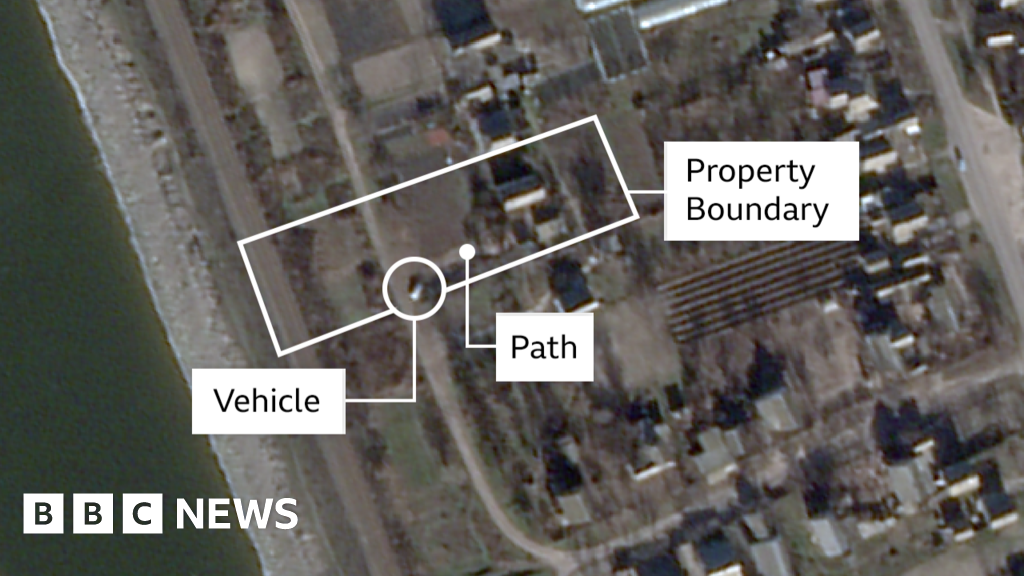Giant hailstones could soon become the norm in Britain – with climate change to blame.
That's according to scientists from Newcastle University, the Met Office, and the University of Bristol, who have revealed how severe weather will change in Europe amid global warming.
According to the experts, rising temperatures might actually lead to less frequent hail storms.
However, the storms that do occur will be bigger and more devastating than usual.
In fact, the storms will batter Europe with 'very large' hailstones measuring over 5cm (1.9 inches) in diameter.
'These results are very concerning,' said Professor Lizzie Kendon, Head of Climate Projections at the UK Met Office and an author of the study.
'They imply we need to be prepared for tropical–type hailstorms impacting Europe in the future, associated with very large hailstones that can cause severe impacts.
'This possibility also extends to the UK, although the risk of hail here remains low into the future.'
Giant hailstones could soon become the norm in Britain – with climate change to blame (stock image)
In their study, the team modeled how hail will change across Europe with global warming.
Their findings revealed that under a high–emissions scenario, 'very large' hail – hail with a diameter of 5cm (1.9 inches) or more – will become more common.
There are several reasons for this increase, according to the researchers.
Hail forms higher in the atmosphere as it warms, where storm updrafts could be weaker.
This gives hailstones more time to melt before reaching the ground.
The researchers also point to the weakening large scale circulation, affecting the vertical profile of winds and leading to environments not beneficial for thunderstorm organization.
'Our findings indicate that the effects of climate change on severe thunderstorms are more complex than previously thought, and high-resolution models can produce results that differ significantly from earlier research,' said Dr Abdullah Kahraman, lead author of the study.
'Society may need to prepare for less frequent, yet more damaging hail events locally, in a 5-degree warmer future.'
In their study, the team modeled how hail will change across Europe with global warming. Their findings revealed that under a high–emissions scenario, 'very large' hail – hail with a diameter of 5cm (1.9 inches) or more – will become more common
Worryingly, the giant hailstones have the potential to wreak havoc on aicrafts, as well as homes and buildings, according to study co-author, Professor Hayley Fowler.
'As a society we need to be better prepared for unprecedented extreme events and this study shows that future storms in the Mediterranean could bring giant hail, with devastating impacts,' she explained.
'Recent hailstorms have caused significant direct damage to properties and infrastructure, crops, and even aircraft!'
Freak hail stones 'the size of golf balls' hammer down on town causing £5,000 worth of damage to Audi cars
Residents were left terrified after hail stones 'the size of golf balls' hammered down with a deafening sound during a freak storm causing thousands of pounds worth of damage to properties.
The extreme weather event battered cars and homes in Daventry, Northamptonshire, leaving one resident with more than £5,000 worth of damage to his Audi cars. Shocking video shows huge hail stones raining down in a garden.
Edward George, 31, captured the drama in his conservatory, and said one of his Audis was left with £3,000 worth of damage and more than 200 dents to the bodywork. A second Audi received 120 dents and £2,500 worth of damage.
He said the hail also punched holes through his garden furniture and dented neighbours' cars along his street. Mr George, who lives with his wife Radka and their two-month-old son, said he had never seen hail stones this big.
The engineer said: 'My outdoor furniture has had holes punched through it. Every person's car parked outside has been dented. It was never strong enough to smash a windscreen but enough for a golf ball effect.
'It was torrential rainfall - then all of a sudden it went to heavy hail. It all happened so quickly. I ran into the conservatory to take the video. As soon as I sent it to my friend he asked 'what about the cars?'. They're the biggest hailstones I have seen.'
Damage to residents' cars will be covered by insurance companies - but will cut their no claims bonuses. Another neighbour, who did not want to be named, added: 'It was pretty scary, it sounded like the roof was going to come in.
'They were about the size of golf balls and did a right number on my car. Its going to cost a fortune to get the bodywork fixed. You see these sort of things in Australia and places like that - but never here in Britain.'
The Tornado and Storm Research Organisation (Torro), a privately supported research body, is investigating the storm and will present findings at its annual autumn conference in October at Oxford Brookes University.
 (1).png)
 2 weeks ago
8
2 weeks ago
8

















